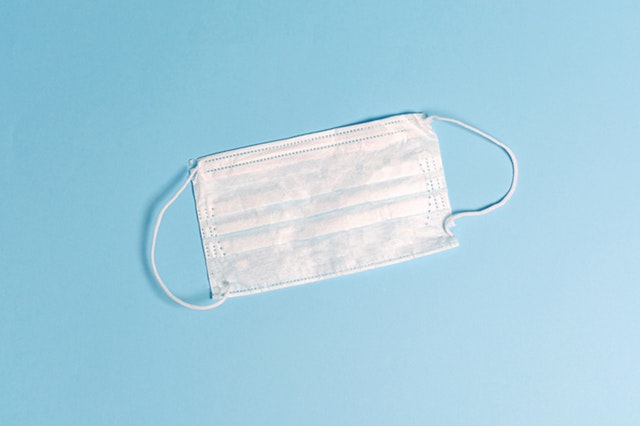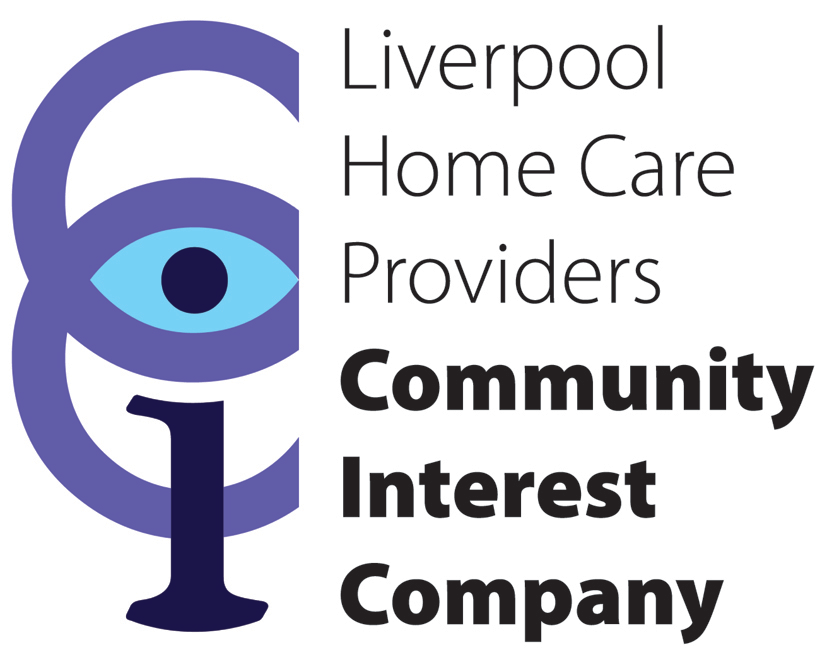Coronavirus Guidance for Home Care Providers
15/03/2020
This guidance is aimed at local authorities, clinical commissioning groups (CCGs) and registered providers, who support and deliver care to people in their own homes, including community health services.

Home care providers are advised to:
- Review their list of clients, and ensure that it is up to date, including levels of informal support available to individuals. Providers should consider how they could benefit from sharing this information electronically with local partners, if they receive a legitimate request, including what the dataset might be
- Work with local authorities to establish plans for mutual aid, taking account of their business continuity plans, and consider arrangements to support sharing of the workforce between home care providers, and with local primary and community services providers; and with deployment of volunteers where that is safe to do so
- Note the arrangements that local authorities, CCGs, and NHS 111 are putting in place to refer vulnerable people self-isolating at home to volunteers who can offer practical and emotional support
Home care providers will routinely be procuring personal protective equipment (PPE) such as gloves and aprons. In addition, there will be a free issue of PPE to support adult social care providers (residential care and domiciliary care) to comply with the updated advice on use of PPE to support management of symptomatic patients presenting in these settings. This will be issued from the pandemic influenza stockpile. Arrangements will be put in place for adult social care providers to access further PPE as necessary.
If a care worker is concerned they have COVID-19
- If a member of staff is concerned they have COVID-19 they should follow NHS advice.
- If they are advised to self-isolate at home they should follow the stay at home guidance.
- If advised to self-isolate at home, they should not visit and care for individuals until safe to do so.
- If anyone has someone in their household who has or displays the symptoms of Covid 19 (Coronavirus) the household needs to self isolate for 14 days.
If the individual being cared for has symptoms of COVID-19
If the individual receiving care and support has symptoms of COVID-19, then the risk of transmission should be minimised through safe working procedures.
Personal protective equipment
- Care workers should use personal protective equipment (PPE) for activities that bring them into close personal contact, such as washing and bathing, personal hygiene and contact with bodily fluids.
- Aprons, gloves and fluid repellent surgical masks should be used in these situations. If there is a risk of splashing, then eye protection will minimise risk.
- New personal protective equipment must be used for each episode of care. It is essential that personal protective equipment is stored securely within disposable rubbish bags
- These bags should be placed into another bag, tied securely and kept separate from other waste within the room. This should be put aside for at least 72 hours before being put in the usual household waste bin.
Cleaning
If care workers undertake cleaning duties, then they should use usual household products, such as detergents and bleach as these will be very effective at getting rid of the virus on surfaces. Frequently touched surfaces should be cleaned regularly.
Personal waste (for example, used tissues, continence pads and other items soiled with bodily fluids) and disposable cleaning cloths can be stored securely within disposable rubbish bags.
These bags should be placed into another bag, tied securely and kept separate from other waste within your own room. This should be put aside for at least 72 hours before being put in the usual household waste bin for disposal as normal
Laundry
If care workers support the individual with laundry, then they should not shake dirty laundry. This minimises the possibility of dispersing virus through the air.
Wash items as appropriate, in accordance with the manufacturer’s instructions.
Dirty laundry that has been in contact with an ill person can be washed with other people’s items. If the individual does not have a washing machine, wait a further 72 hours after the 7-day isolation period has ended; the laundry can then be taken to a public laundromat.
Items heavily soiled with body fluids, for example, vomit or diarrhoea, or items that cannot be washed, should be disposed of, with the owner’s consent.
If neither the individual nor the care worker have symptoms of COVID-19
- If neither the care worker nor the individual receiving care and support is symptomatic, then no personal protective equipment is required above and beyond normal good hygiene practices.
- General interventions may include increased cleaning activity and keeping property properly ventilated by opening windows whenever safe and appropriate.
- Care workers should follow advice on hand hygiene.
NHS support for home care provision
Clinical commissioning groups, NHS providers and local community services and primary care, will be working with and supporting local authorities and home care providers in the provision of care.
Community service providers are already, or will be, taking steps to:
- Ensure their list of individuals in receipt of care at home support is up to date, establish levels of informal support available to individuals, and share lists with local authorities and home care providers to ensure join-up.
- Consider which teams need to extend operational hours, or link to other services (such as out of hours general practice) in order to ensure the best possible care and maintain patients in the community.
- Explore options for alternative care models, including tele-care and ‘hub and spoke’ models to provide advice and guidance to patients and potentially their families.
- Take stock of how to maintain viable home care provision during the outbreak of COVID-19. This includes developing joint plans with local authorities, home care and care home providers and primary care colleagues to agree how and when escalation processes can be triggered.
- Support local authorities in planning around resilience; including plans to share resources locally in an outbreak of COVID-19. This should include workforce, including the deployment of volunteers where it is safe to do so, and where indemnity arrangements are in place.
- Consider how voluntary groups that currently support NHS services could also support teams and specific individuals. Make the links between those voluntary groups that currently support NHS services, home care providers and local authorities.
Government support
The government will provide extra resources to tackle COVID-19.
This includes a COVID-19 response fund to:
• fund pressures in the NHS
• support local authorities to manage pressures on social care
• support vulnerable people
• help deal with pressures on other public services.
The size of the fund will be reviewed as the situation develops, to ensure all necessary resources are made available.
As part of the government’s emergency legislation measures, Statutory Sick Pay (SSP) will be paid from day one of sickness to support those affected by COVID-19. This will be a temporary measure to respond to the outbreak and will lapse when it is no longer required.
Individuals employed on zero-hour contracts may be entitled to Statutory Sick Pay if their average earnings are at least £118 per week (calculated over an 8 week period). However, those who are ineligible are able to claim Universal Credit and/or contributory Employment and Support Allowance depending on their personal circumstances.
The government will also bring forward legislation to allow small and medium-sized businesses to reclaim SSP paid for sickness absence due to COVID-19.
Steps for local authorities to support home care provision
Local authorities, working with their Local Resilience Forums and drawing on their pre-existing plans for pandemic influenza, should:
• ensure their list of individuals in receipt of local authority-commissioned home care is up-to-date and record levels of informal support available to individuals.
• work with providers to identify people who fund their own care and help them to establish the levels of informal support available. It may be helpful for providers to share the number of hours of care they provide to help with planning, but they will want to satisfy themselves that it is lawful for them to share that information.
• map all care and support plans commissioned by the local authority, to inform planning during an outbreak. Support providers similarly to map those packages that are self-funded.
• contact all home care providers in the local authority area and facilitate plans for mutual aid across the area. It is vital that this includes all providers, including those who mainly or solely deliver services to people who fund their own care, and is not confined solely confined to local authority- or CCG-commissioned services. The Care Quality Commission publishes information about all regulated care services on its online directory
• consider the need to draw on local community services and primary care providers to support home care provision and draw up a plan for how and when this will be triggered
• consider how voluntary groups can support home care provision and link home care providers and voluntary sector
• take stock of how to maintain viable home care provision during the outbreak of COVID-19, including financial resilience. The Local Government Association, Association of Directors of Adult Social Services and the United Kingdom Homecare Association (UKHCA) will be publishing best practice actions on financial resilience.
*The above information was amended on 17th March to reflect the fact that people are now being advised to stay at home for 14 days after developing symptoms of Covid-19, or if anyone they share a home with develops these symptoms.
